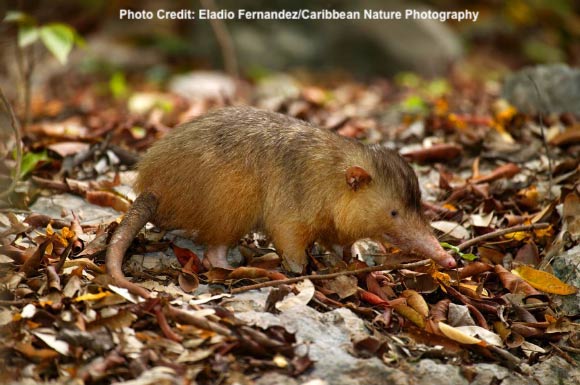
UP NEXT: #12 Egyptian Fruit Bat (Rousettus aegyptiacus) vs #13 Solendon (Solenodon paradoxus) #2021MMM 



In Round 1, our Solenodon avoided being a Civet treat while on holiday in Madagascar, while the Egyptian Fruit Bat (EFB) outlasted a socially-motivated Kinda Baboon #UpsetCity #2021MMM
Some new genome data (incl EFB) from @Bat1KGenomes points to bats w/in Laurasiatheria w/hedgehogs & shrews branching first & then bats are sister to Fereuungulata (Cetartiodactyla + Perissodactyla + Carnivora + Pholidota) (Jebb et al 2020, bit.ly/Bat1K) #2021MMM 

And now that's resolved, what about relationships w/in bats? Traditionally bats in 2 suborders (Megachiroptera & Microchiroptera) but DNA supports suborders Yinpterochiroptera & Yangochiroptera which split ~64 MYA (Teeling et al 2005, bit.ly/BatPhylo) #2021MMM 

The unusual grouping of Pteropodidae (flying foxes) in with the echolocating Old World leaf-nosed bats in Yinpterochiroptera led to some confusion about the evolution of echolocation - because Pteropodids don't echolocate! #2021MMM
Well...except for our EFB, who likely reacquired the ability to echolocate. But instead of producing echolocation pulses from their larynx, they use tongue clicks (aka lingual echolocation) to land & detect large objects (Waters & Vollrath 2003, bit.ly/BatEchos) #2021MMM 

Solenodons can be quite chatty. They produce twittering soft-squeaks, as well as "mournful sounding tones like that of kittens prior to opening their eyes" & "melodious 'Strophes' like that of a robin (Mohr 1936, Poduschka 1977 bit.ly/PodComm) #2021MMM
They can also echolocate! Solenodons, like EFBs, use a click form of echolocation for orientation in the dark, producing sounds at the edge of human hearing range (between 9 - 31 kHz) (Derbridge et al 2015, bit.ly/Solenodon) #2021MMM 

Solendon wasn't thought to be closely related to living taxa…sadly true since ancient DNA shows its “closest” relative (diverge ~60 MYA) is Nesophontes, also a Caribbean endemic, but 1 that went extinct after European contact (Brace et al 2016, bit.ly/NesoGen) #2021MMM 

The sun has set in Mount Carmel Biosphere Reserve in Israel, and our EFB is emerging from his cave to go forage. EFBs in this park feed on a variety of fruits, including carob, dates...oh. and FIGS! (Korine et al 1999, bit.ly/BatDiet) #2021MMM 



The Solenodon finds itself among the limestone, rocky soils of an ancient agricultural terrace on the slopes of Mt Carmel, beneath some young fig trees. The trees were planted when the terraces were rediscovered after a 2010 park fire bit.ly/MtCarmelFire #2021MMM 

Landing among the branches of one of these trees, the EFB plucks a nearby fig. #MMMAfterDark Some males will tolerate food theft by females in exchange for sex and higher chance of pup paternity (Food-for-sex reciprocity, Harten et al 2019, bit.ly/Food4Sex) #2021MMM
A female eyes our male EFB's current fig haul. He hugs those figs to his chest, but she sneaks around from behind and snatches the fig away in one smooth motion! Video evidence of theft from @lharten et al 2019 #2021MMM
Their scrambling begins to dislodge some of the riper figs from the branches. THUNK... THUNK... THUNK. THUNK. THUNK. #2021MMM
Figs are now raining down on our poor Solendon. Some sniffs & quick digs reveal that there is no tasty treats to be gained from this figfall - just a squishy, sticky mess. #FigGate #2021MMM
Add in the high-pitched squabbling of the bats above, this is not an enjoyable dining ambience. The Solendon decides to find a more peaceful place to hunt and zigzags away from the field of battle #2021MMM
THE EGYPTIAN FRUIT BAT DRIVES AWAY THE SOLENODON (WITH FIGS!) #2021MMM
• • •
Missing some Tweet in this thread? You can try to
force a refresh













